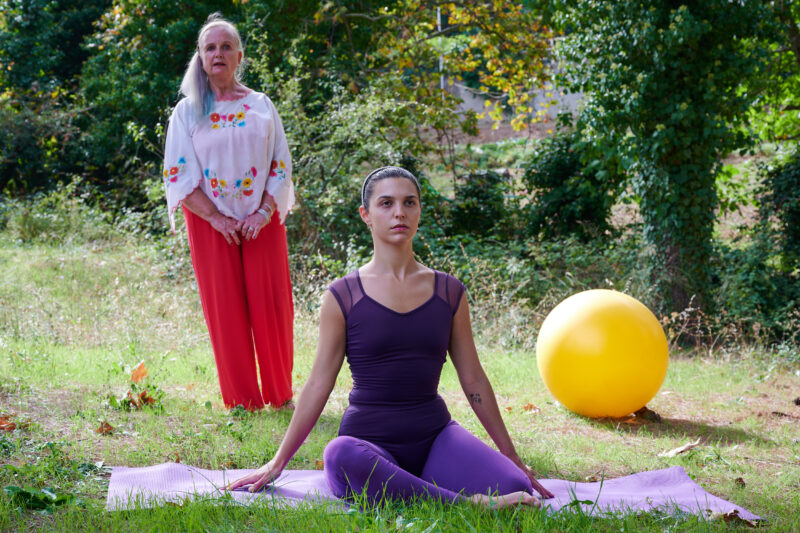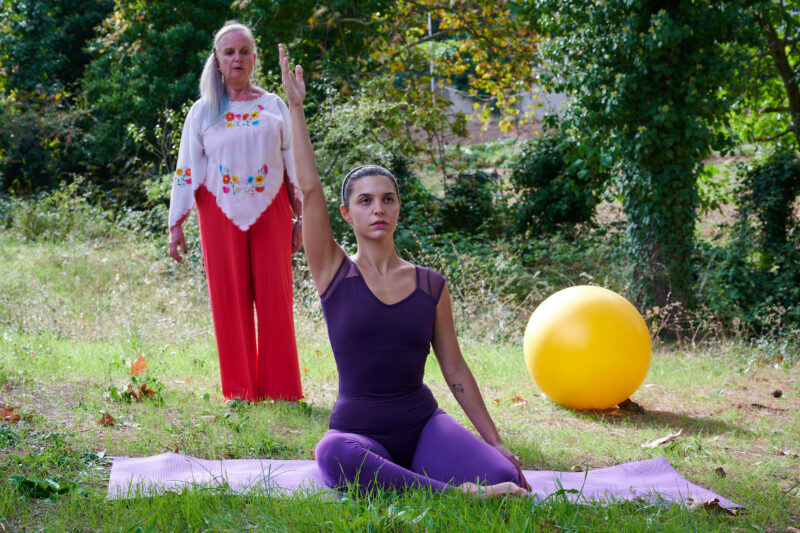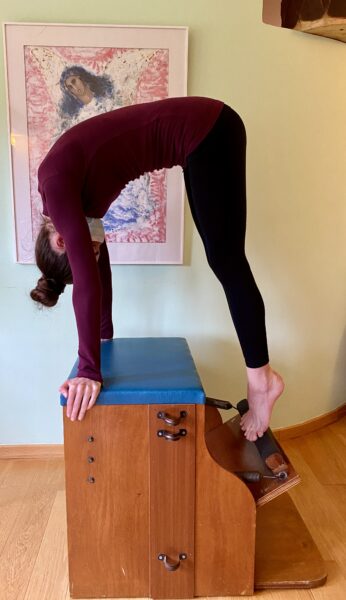A MAP FOR THE FOOT.
AN EXERCISE TO OPEN UP THE TOES.
The exercises, practices or meditations are intended to be for every day life movement © not just at the time of exercise, whatever that exercises may be.
Feet. Honoring the feet. Grounding. Feeling and Sensing the Earth. Feeling and sensing the power of gravity and allowing it, to fully affect us.
SUGGESTIONS.
Try a reflexology treatment before exercising.
Walk barefoot as often as you can especially in nature. Feel with your feet different surfaces such as mud, autumn leaves and beach pebbles.
Paint each toenail a different color to become more conscious of each toe.
Bring your awareness to the space between the big toe and the second toe. Paint or decorate this space with henna or lipstick.
Reiki your feet.
Stamp your feet as in African dance.
Read and practice the grounding meditation (page 147) in Faeriecraft by Alicen and Neil Geddes-Ward.
Remember people bow down to the feet of the guru.
Remember that Mary Magdalene washed Christ’s feet.
Feet are to be revered.
Experience having your feet washed and oiled by your lover or friend.
Choose a lover or friend to honor their feet.
Wear shoes that are made of natural materials, that breathe and are soft and pliable. Think of the Native American Moccasins.
Essential oils related to grounding are Myrrh, sacred as one of the gifts from the wise men to Jesus at his birth.
Guinevere frequently used patchouli essential oil for healing. Vetivert is an essential oil, which in addition, assists in balance and offers protection.
Frankincense, another of the gifts to Christ.
Rosewood and Elemi are oils that teach us to grounding in order to move into the highest and most spiritual of centers, the crown chakra.
I suggest you add a few drops of these very precious oils to base oil or cream and massage it into your feet and legs.
Athletes in ancient Greece oiled their bodies before exercising. Make sure your essential oils are pure and of good quality.
Crystals helpful to feeling the earth are garnet, ruby, red jasper, black tourmaline, and smoky quartz. They can be placed in the room where you exercise or worn.
Clean crystals before using them and then on a regular basis.
INTENTION.
To use the feet more consciously in a balanced way, sensitive to changes in alignment.

To feel the earth, and the support of the earth, through the feet.
To use the whole sole and soul© of the foot.
To allow the feet to have a sensitivity softness and pliability which allows you to listen to the earth, gives you strength from the earth and allows you at any given moment to take flight in any direction.
To enjoy and participate fully with gravity
THE ENERGETIC AND MENTAL BODY.
The energy of the feet and legs is governed by the root, foundation or first chakra. This energetic center is associated with our relation to this earth, family and ancestors, tribe and country. It represents our life path.
The color of this chakra is a poppy red.
ALIGNMENT AWARENESS.
Start by looking at alignment of the foot and leg in the parallel position.
Standing, have your heels directly under the sit bones. (To find your sit bones (the Ischial Tuberosity), sit on the floor and rock side to side. Feel those bones? They are what we dancers refer to as sit bones.)
Imagine two parallel lines. Use the line of your floorboards if you have them. Place the big toe and the inside edge of the heel against these parallel lines.
To check that you have equal weight on both feet rock gently from side to side until you come to a point of balance. I suggest you start with a slightly larger rocking movement and then make it smaller and smaller until it is minute to sense where your weight is equally on both feet.
We now need to notice whether the weight of our body is centered on the middle of the foot and not to far back towards the heels or too far forward. At the outside of the foot you have a small bump called a Tuberosity. Check out The Anatomy Coloring Book. The ideal is to have your weight evenly distributed between the front and the back part of the foot. The front part of the foot would be the toes and the metatarsals and the back the heel. Place your index finger at the Tuberosity and open your thumb over the top of the arch. This gives you an idea of where the metatarsals end and where the center of the foot is. Stand upright and this time gently rock your weight back and forward starting with slightly larger movement and ending with tiny ones until you sense where your plumb line is.
Please be aware that we are focusing on the feet now.
The posture of the rest of the body will have repercussions but we are starting from the base up. It is impossible for the rest of the body to be in balance without the feet being properly aligned.
THE MAP OF THE FEET.
Imagine you have 5 points on the sole of the foot.
Point 1 is underneath the big toe, point two under the small toe, point 3 is at the outside edge of the heel, 4 the center of the heel and 5 the inside edge of the heel. Each of these points should have an equal amount of weight or pressure on them. Imagine that and energetic line extends straight down into the earth from each of these points. Imagine them going very deep and color them red, the color of the base chakra.
Study a reflexology chart.
EXERCISE FOR FOOT PLIABILITY.
Choose a sitting position, which is easy for you. I usually sit on the floor cross-legged. Sit on a chair if you find this position challenging.
Always handle your body with respect. Take right foot in your left hand. Remember the right side of the body is governed by the left side of the brain and relates to the masculine line, your father, your grandfather, your great grandfather. Remember your male ancestors with total respect as you do this. The right side of the body is associated with male qualities; it is the yang side strength, the peaceful warrior, positivity, protection, and hunting. Thread your fingers through each of the toes so the second finger will go down in between the space between the big toe and the second toe. The third slots in between the second and third toe and so on. You may have to press the fingers gently down in between the spaces. Remember the Reiki law “just for today do not worry”! Each time you do this your feet and toes will become more pliable whatever your age. Softly bend your metatarsals first in one direction then in the other. Remember that energy follows thought. Gently focus with love and respect into the area you are working with. If you have worked with the anatomy colorings see the bones as you do the movement.
You might want to pause as you move into the point of stretch. Notice where you may have resistance or perhaps even pain, have your tender focus there and breathe out visualizing the resistance melting away. You may wish to repeat this a few times. Allow yourself to move into a new space in the foot. There is a continuous process of surrendering. The more you move into new spaces in the body the more joy reveals it self.
The number of repetitions is not important. Deep work transforms and the memory of it stays in the body. Move into a timeless zone where anything is possible.
Usually I suggest that you notice simply the number of times you need to do this on the right foot and then do the same number on the left even if you feel one side less pliable for reasons of balance.
It is important not to judge any thing you feel but simply be with it. Judgment closes the door on new more profound information revealing itself as well leading us of in a direction away from our 100% attention on the body. Allow your body to speak to you. Allow your foot wisdom to reveal itself to you and in the process allow the body healing in motion©
Copyright Jenny Colebourne.




































